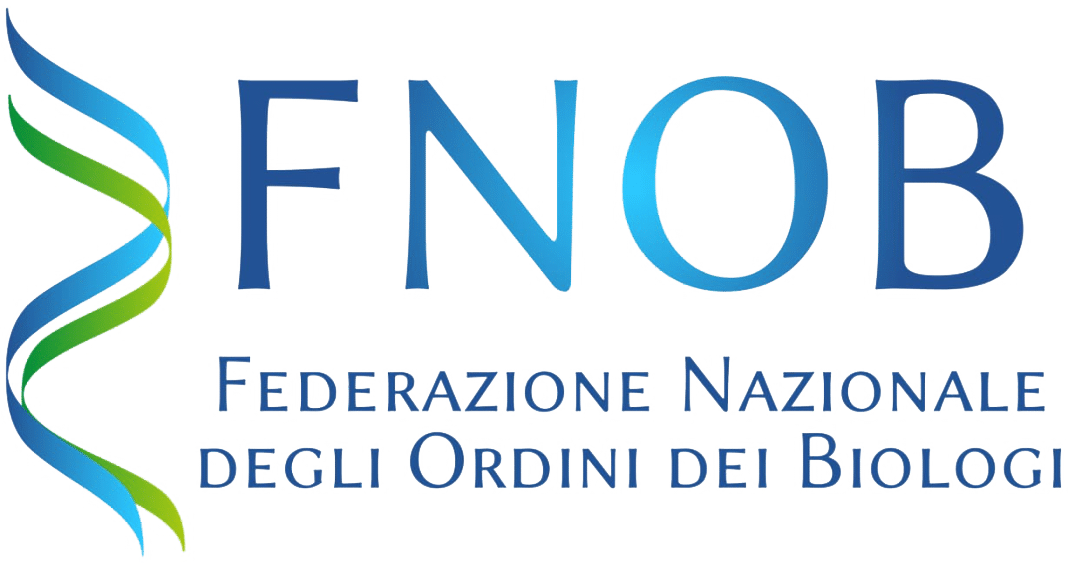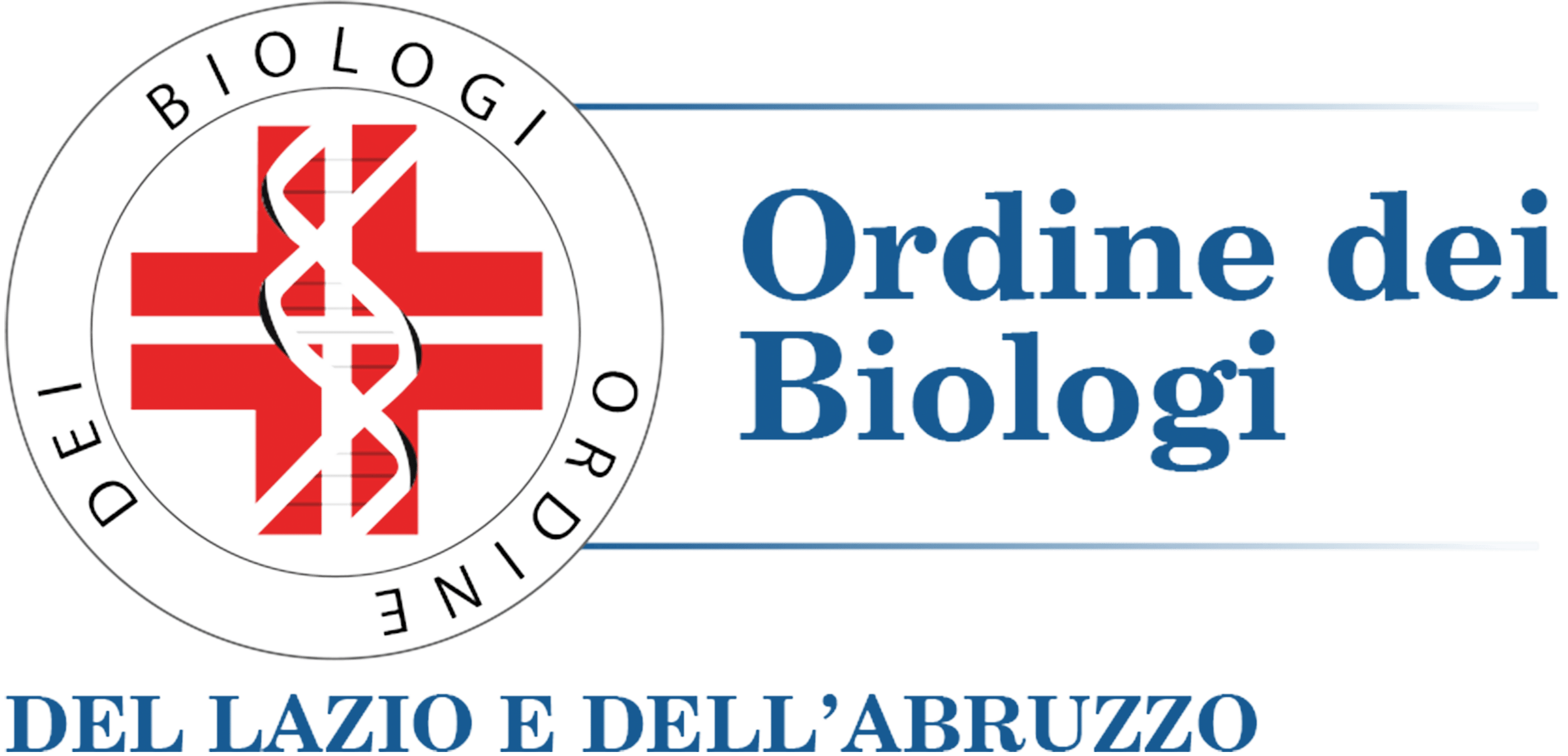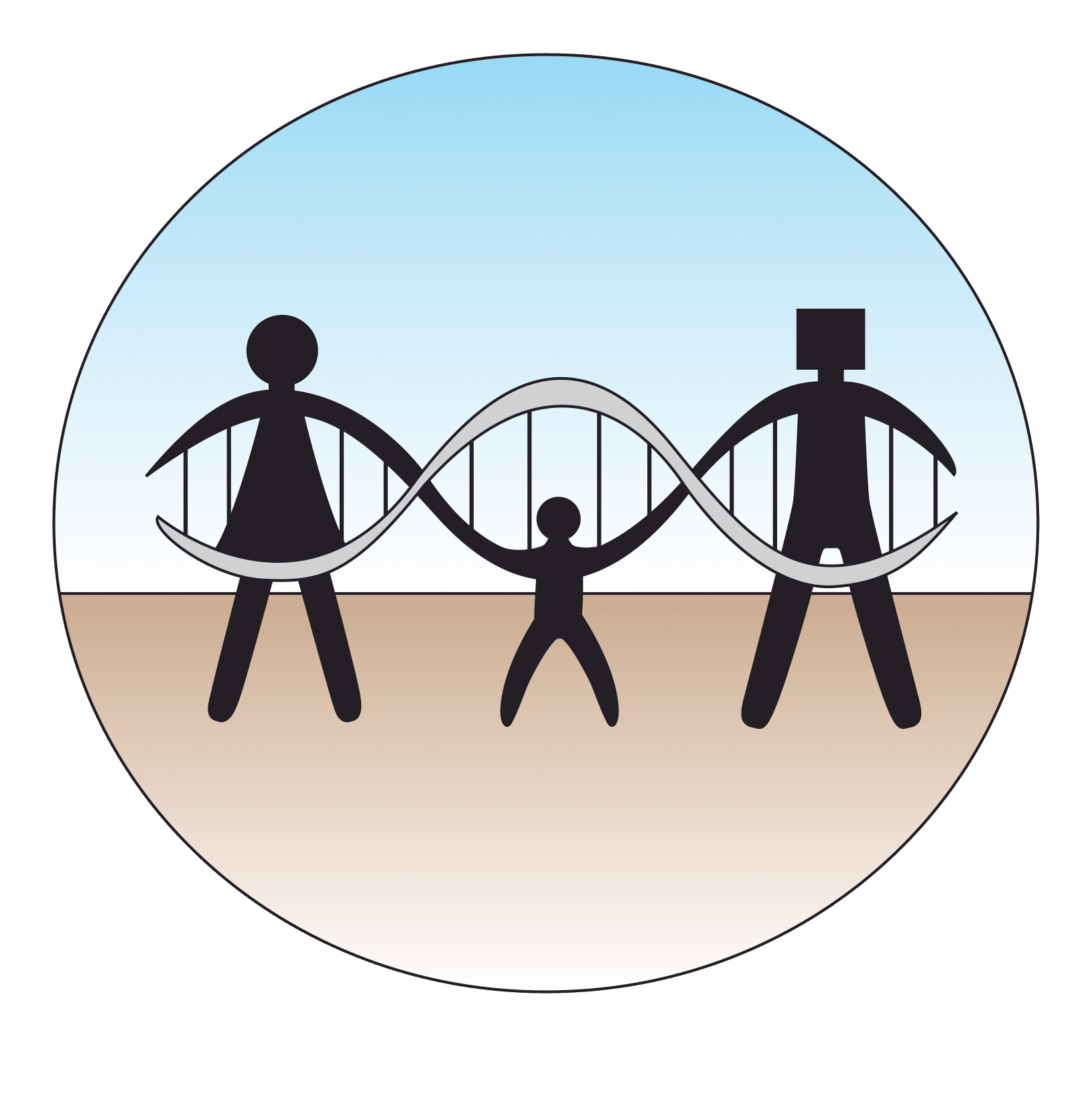

Accommodation
SPEAKERS HOTEL
NH COLLECTION ROMA VITTORIO VENETO
![]()
![]()
![]()
![]()
![]()
![]() Corso Italia, 1
Corso Italia, 1
![]() 2,6 km
2,6 km
|
NH COLLECTION ROMA PALAZZO CINQUECENTO
|
HOTEL MAJESTIC
|
||
| PALAZZO MONTEMARTINI ROME, A RADISSON COLLECTION HOTEL
|
THE WESTIN EXCELSIOR ROME
|
||
| BEST WESTERN PLUS HOTEL UNIVERSO
|
BEST WESTERN PREMIER HOTEL ROYAL SANTINA
|
||
| DOUBLETREE BY HILTON ROME MONTI
|
GRAND HOTEL PALATINO
|
||
| HOTEL ST. MARTIN
|
MARRIOTT GRAND HOTEL FLORA ROMA
|
||
| NH COLLECTION ROMA VITTORIO VENETO
|
STARHOTELS METROPOLE
|
||
| THE BUILDING HOTEL
|
THE HIVE
|
||
| THE OXTON
|
UNA HOTELS DECO'
|
||
| MERCURE ROME PIAZZA BOLOGNA
|
MERCURE ROME CORSO TRIESTE
|
||
| HOTEL NORD NUOVA ROMA
|
HOTEL GLOBUS
|
||
| HOTEL MADISON
|
HOTEL GABRIELLA
|
||
| HOTEL MARCO POLO
|
HOTEL PIEMONTE
|
||
| HOTEL LAURENTIA
|
HOTEL CONCORDE
|
||
| HOTEL ALTAVILLA
|
ALBERGO FELICE
|
||
| HOTEL CHERUBINI
|
HOTEL LUCIANI
|
||
|
HOTEL ITALIA VIMINALE
|
HOTEL ROMA SAN LORENZO TERMINI
|
||
|
CASA DEL PELLEGRINO SAN SISTO
|
CASA PER FERIE SAN GIUSEPPE
|
For any further information please contact secretariat@hugo-hgm2024.org
What to do in Rome
Inside the mannerist palace of Julius III, the masterpieces of southern Etruria and the Latium Vetus are on display, including the famous Sarcophagus of the Spouses of Cerveteri and the Apollo of Veii
The Colosseum is the main symbol of Rome. It's an imposing construction that, with almost 2,000 years of history, will bring you back in time to discover the way of life in the Roman Empire.
The construction of the Colosseum began in the year 72 under the empire of Vespasian and was finished in the year 80 during the rule of the emperor Titus. After completion, the Colosseum became the greatest Roman amphitheatre, measuring 188 meters in length, 156 meters in width, and 57 meters in height. At present, the Colosseum is, along with Vatican City, Rome's greatest tourist attraction. Each year 6 million tourists visit it. On 7 July 2007, the Colosseum became one of the Seven Wonders of the Modern World.
The Roman Forum is the archaeological area between Piazza Venezia and the Coliseum and crossed by the Via dei Fori Imperiali; continuing seamlessly on the Palatine and the Capitol, along with the area of Colosseum and the Arch of Constantine, is the largest and most important archaeological site in the world. Originally occupied by marshes, the Forum area was reclaimed by one of the first urban works of ancient Rome: The Cloaca Maxima, a large water drainage system, so in the end there was nothing left but a pond, the lacus Curtius, which it must then be marked by a small monument, because now completely disappeared. In the Forum are gathering virtually all the major public and sacred buildings of the Roman Republic: by some of the oldest Roman temples such as Saturn or sanctuaries of the Dioscuri at different churches like the Basilica Julia and the Basilica Emilia, the oldest, It founded in the second century. C. and whose remains are now to the right as you enter from the entrance on Via dei Fori Imperiali.
Palatine Hill is considered to be the birthplace of the Italian capital and is believed to have been inhabited since the year 1000 B.C. During the Republican Period, Roman citizens belonging to the upper class settled in Palatine Hill and built sumptuous palaces, of which important traces are still preserved. Roman mythology talks of the cave that was inhabited by Luperca, the she-wolf that took care of Romulus and Remus, which is located on Palatine Hill. According to the legend, when the brothers grew up, they decided to form a city on the banks of the river, but when they could not come to an agreement on some points of the decision, Romulus killed Remus and founded the city of Rome.
St. Peter’s Basilica is one of the holiest temples for Christendom and one of the largest churches in the world. Besides, it's where the Pope presides many liturgies all year round. The construction of the new basilica began in 1506 when the old basilica had been torn down and was finished in 1626. It was consecrated on 18 November 1626. Several renowned architects designed the temple, highlighting the works of Bramante, Michelangelo, and Carlo Maderno. The basilica was called St Peter’s after one of Jesus’s twelve disciples known as Saint Peter, who became one of the founders of the Catholic Church and was executed in Rome and buried where the Basilica now stands.
St. Peter's Square is one of the largest and most beautiful squares in the world. It is located in Vatican City, at the feet of St. Peter's Basilica. The dimensions of the square are spectacular: 320 meters long and 240 meters wide. In the liturgies and more noticeable events St. Peter's Square has held more than 300,000 people. The construction of the square was carried out between 1656 and 1667 at the hand of Bernini, with the support of Pope Alexander XII.
Rome is a city that boasts a thousand-year history and can be defined as the cradle of the Baroque, an exceptional cultural movement that had its beginning in the Eternal City, about the third decade of the seventeenth century. Specifically, the origin of this style is particularly based on the work of four artists: Carlo Rainaldi, Francesco Borromini, Gian Lorenzo Bernini, and Pietro da Cortona.
One of the real jewels of Roman Baroque art is the wonderful Piazza Navona; It is one of the most famous and fascinating places in the whole city. It presents elements of Baroque architecture and sculpture of considerable interest such as: the Fountain of the Four Rivers, a huge sculpture by Gian Lorenzo Bernini representing the Danube, the Nile, the Ganges and the Rio de la Plata, that is, the four corners of the Earth; in the square we also find the Church of Sant'Agnese in Agone in Baroque style, born from the Girolamo Rainaldi project and completed by Francesco Borromini.
Not to far we can find the Church of Sant'Andrea al Quirinale, which is considered one of the greatest masterpieces of Baroque architecture. The building, located in the Monti district, was built on the project of Gian Lorenzo Bernini. Not far away, continuing on Via del Quirinale, we find the Church of San Carlo alle Quattro Fontane, better known as San Carlino, because of its small size. This small church was built by Francesco Borromini in the seventeenth century and is considered one of the masterpieces of Baroque architecture. The next destination is Ponte Sant'Angelo, also known as Ponte Elio, which was built by Emperor Hadrian to facilitate the connection of his mausoleum with the banks of the Tiber. The bridge has become one of the major Baroque scenery thanks to Gian Lorenzo Bernini, who designed the parapet on which were placed ten statues depicting the Angels with the instruments of the Passion.
In Rome, the center of Christianity and the heart of the Catholic world, faith and art come together in a unique synthesis. The visit includes the papal basilicas of S. Maria Maggiore and S. Giovanni in Laterano, and the Scala Santa. It can be extended to the Basilica of Santa Croce in Gerusalemme.
The Basilica of San Giovanni in Laterano, the first Christian church and "mother of all churches" is also the cathedral of Rome.
Made at the behest of Constantine at the beginning of the fourth century AD the Basilica was adjacent to the first and oldest Papal Palace, called the Lateran Patriarch.
Over the centuries, the appearance of the Basilica has changed a lot following renovations and renovations, including the last curated by Francesco Borromini for the jubilee of 1650.
Pio Clementino Museum, Gallery of the Candelabra, Gallery of the Tapestries, Gallery of the Geographical Maps, Raphael Rooms, Sistine Chapel.
The Vatican Museums are the museum complex of the Vatican City in Rome Founded by Pope Julius II in the 16th century they occupy a large part of the vast courtyard of the Belvedere and are one of the largest collections of art in the world, since they exhibit the huge collection of works of art accumulated over the centuries by popes: the Sistine Chapel and the papal apartments frescoed by Michelangelo and Raphael are part of the works that visitors can admire on their way. Although the museums are located entirely in Vatican territory, their entrance is located in Italian territory.
In front of San Giovanni in Laterano is the Scala Santa, which tradition has it was brought from Santa Elena to Rome from the Palace of Pontius Pilate in Jerusalem. The steps would have been walked by Christ to reach Pontius Pilate for interrogation before the crucifixion.
The basilica of Santa Maria Maggiore is the most important Roman church dedicated to the Virgin Mary. According to tradition, it was built on the place where on August 5 of the year 356 AD there was a miraculous snowfall announced in a dream by the Virgin to Pope Liberius. The Basilica is known for its splendid 5th century AD mosaics. along the main nave dedicated to episodes from the Old Testament, and for the majestic mosaic of the Coronation of the Virgin made by Jacopo Torriti (1295) in the apsidal basin.
In 1555 Pope Paolo IV established the ghetto, one of the most decrepit and rundown districts of the city, where Jews were forced to live apart from the rest of the population. In 1870 Jews were finally free and, within the next decades, the whole area was demolished and rebuilt over the river level. The new neighborhood, as we see it nowadays, extends over an area of four city blocks, crossed in its lenght by Via Catalana and Via del Tempio. It is delimited on one side by Via Portico d’Ottavia and on the other by the Tiber river.The “Jewish Ghetto” is a lively showplace of modern and ancient Rome. Even though most of the original area disappeared, there are still visible evidence and tangible testimonies of its history.
The magnificent Renaissance villa of Cardinal Ippolito d’Este, famous for its grandiose park divided on terraces and enriched by suggestive fountains, and the sumptuous residence of Emperor Hadrian between Egyptian and Greek influences. Emperor Hadrian built his own suburban residence out of the chaos and intrigues of power in Tivoli, in an area rich in water for fountains and water features, building materials with the nearby travertine quarries and water sources sulphurous.
The emperor probably participated in the design of some rooms of the villa, inspired by the monuments that had impressed him most during his many trips to the provinces of the Empire.
Villa D’Este is of a completely different era, commissioned by Cardinal Ippolito II d’Este appointed in 1550 Governor of Tivoli by Pope Julius III to remove him from Rome ... The villa is included in the UNESCO World Heritage List for its historical, artistic and landscape value. The Villa, designed by Pirro Ligorio who simultaneously excavated Villa Adriana, became the most copied model of an Italian garden, inspiring the most important gardens of European palaces, such as Caserta, Versailles and Peterhof.
Useful info
|
PACKING LIST TIPS FOR YOUR TRAVEL Passport Visa (if required) Air ticket or train ticket Credit cards and local currency (€ euro is the country's official currency) Personal medication and food supplements Chargers and plug adaptors (electricity in Italy 220 volt and 50 Hertz) |
|
|
PHONE International code: +39 Rome code: 06 |
|
|
EMERGENCY PHONE 112 is the emergency number for Police, Ambulance and the Fire Fighters |
|
|
TIME ZONE UTC/GMT + 1 |
|
|
DRESS CODE Smart casual |
|
|
CLIMATE April is one of the most beautiful months to visit Rome. At the beginning of the spring, the weather starts to be warm and sunny. Temperatures range from a warm 18/20° degrees during the day and drop to a cool 13/15° degrees in the evening. A light weight jacket/scarf is recommended for the evenings. |
VISA
If necessary, HUGO can provide a VISA Letter to those who need it. Please send an email to: secretariat@hugo-hgm2024.org
For any other information on VISA and VISA-free travel to Rome, please consult the official page of the Italian Minister of Foreign Affairs: link
Travel info
TRANSPORTATION AIRPORT INFORMATION
Rome is served by two international airports:
- Rome Leonardo da Vinci International Airport, located in Fiumicino, 34 km from Rome’s city center
- Rome-Ciampino International Airport located 15 km from Rome’s city center.
ACCESS TO CONFERENCE VENUE FROM ROME LEONARDO DA VINCI INTERNATIONAL AIRPORT
- Taxi: The Meeting venue is located 30 km from the airport. Allow 45 mins by taxi, depending on traffic
- Public transport: Participants may take the Leonardo Express, a non-stop service which operates to/from Rome Termini railway station departing every 15 minutes. The train trip takes 32 minutes. https://www.trenitalia.com/en.html. From Rome Termini, participants can take bus 310, 492 and 649. Tickets can be purchased at the station. The Conference Venue is about 1,4 km from Termini Station.
ACCESS TO CONFERENCE VENUE FROM ROME-CIAMPINO INTERNATIONAL AIRPORT
- Taxi: The Meeting venue is located 17 km from the airport. Allow 30 minutes by taxi, depending on traffic
.jpg)
- Public transport: Participants may take the Ciampino Airlink (combined train + bus service) to reach Rome Termini https://www.trenitalia.com/en/services/ciampino-airlink.html or Service Provider Terravision Bus Company https://www.terravision.eu/airport_services.html?noredirect=en_US. From Rome Termini, participants can take bus 310, 492 and 649. Tickets can be purchased at the station. The Conference Venue is about 1,4 km from Termini Station.
There is no train station at Rome-Ciampino International Airport.
.jpg)
TRANSPORTATION TRAIN INFORMATION
High speed trains Frecciarossa and Frecciargento connect Rome Termini to all the other cities in Italy and the main cities in Europe.
Trenitalia https://www.trenitalia.com/en.html and Italo https://biglietti.italotreno.it/
ACCESS TO CONFERENCE VENUE FROM ROME TERMINI
- Taxi: The Conference Venue is about 1,4 km from Termini Station. Allow 10 minutes by taxi, depending on traffic
- By walk: abour 15 minutes
- Public transport: From Rome Termini, participants can take bus 310, 492 and 649. Tickets can be purchased at the station
TAXI SERVICES
We recommend using only licensed taxis located outside the airports and train stations.
For reputable taxi companies, the following phone numbers are provided:
+39 06 3570 Radio Taxi
+39 06 5551 Samarcanda
+39 06 4994 La Capitale
Upon calling, the operator will provide the taxi identification number and indicate the time it will take the taxi to reach the caller.
TAXI APP
- IT Taxi
- Uber
- Freenow
- and others
|
Under the patronage of |
 |
 |
 |
 |
 |
 |
 |
Home | About us | Programme | Abstract | Sponsorship | Host city | Contacts
By browsing this site, you accept the cookies we use to improve your experience. More information.
By browsing this site, you acknowledge and agree to our privacy policy. For more information, please refer to our privacy policy.